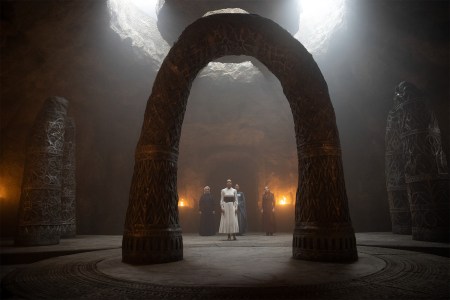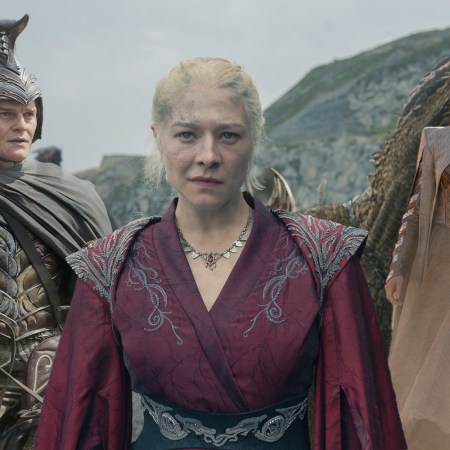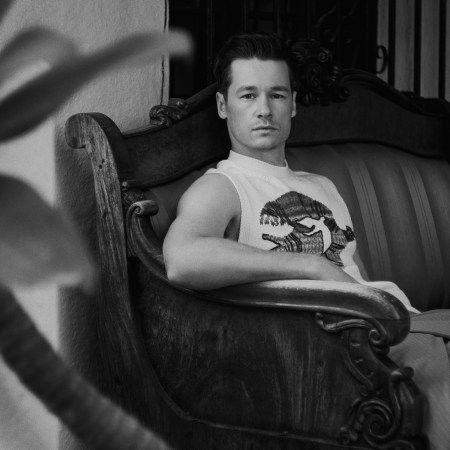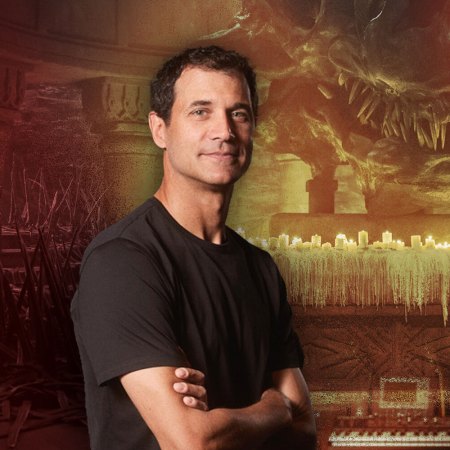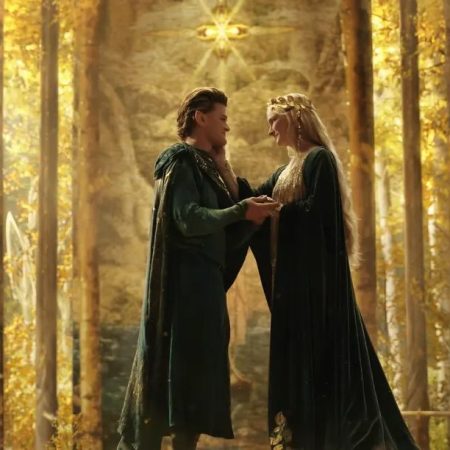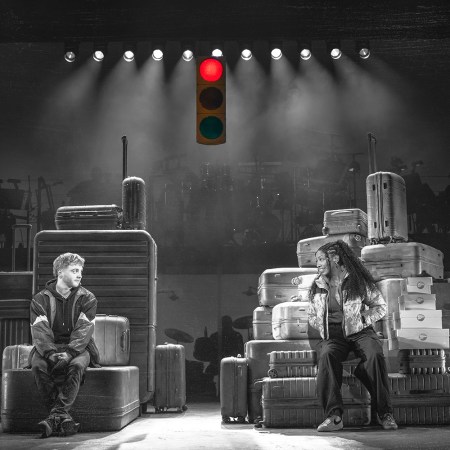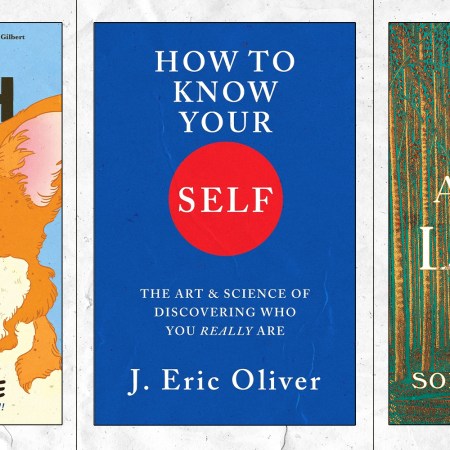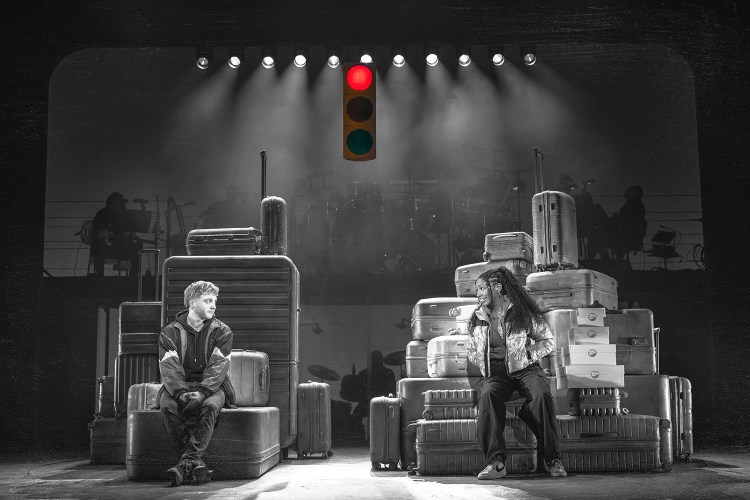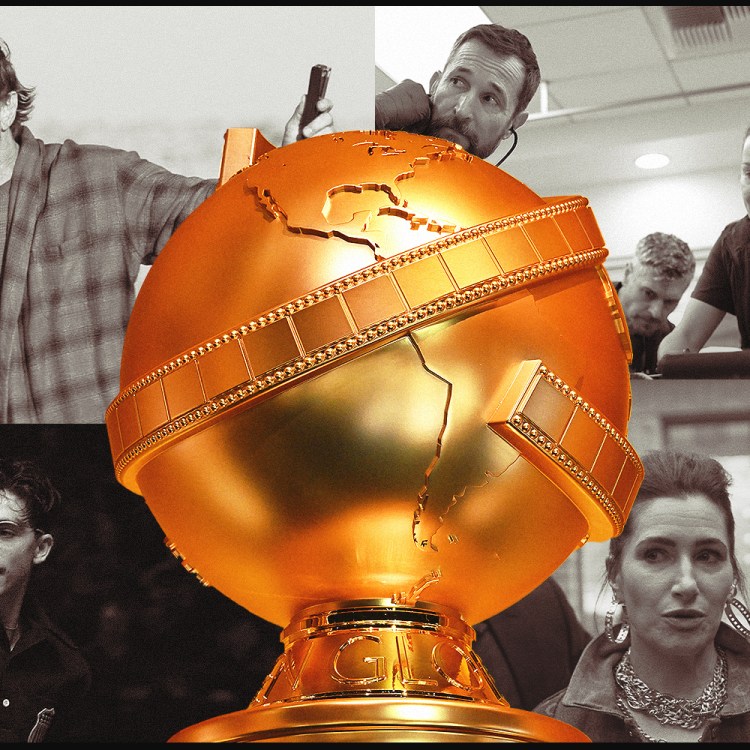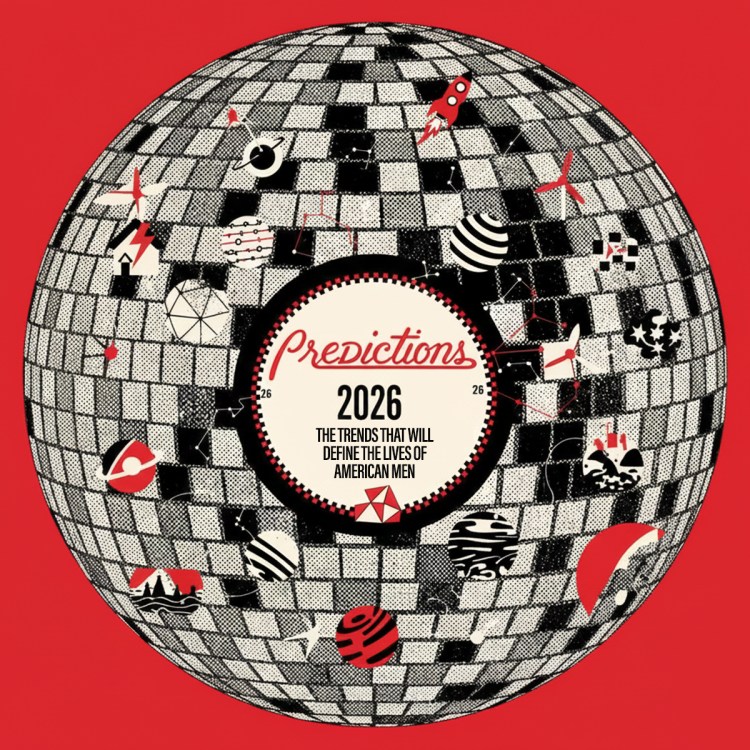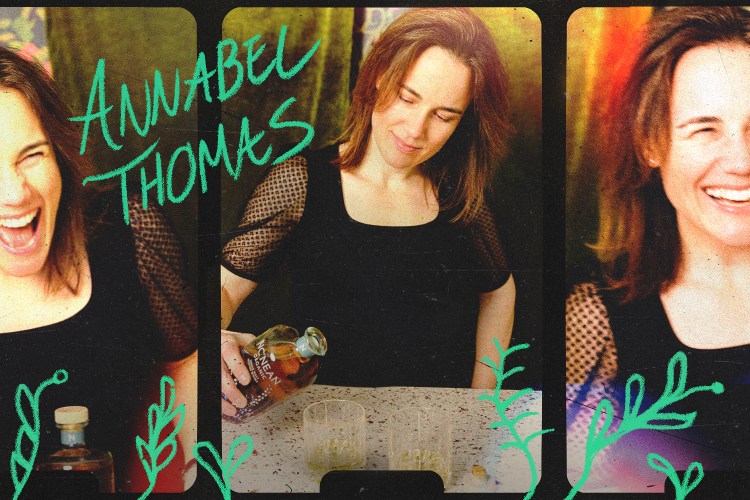Update: On May 23, Deadline reported that Prime Video has canceled The Wheel of Time after season three. The outlet noted that “the reasons were financial as the series is liked creatively by the streamer’s executives,” regrettably proving the point of this story.
Earlier this month, a date was finally set for the latest TV expansion of Game of Thrones. I’m not talking about the next season of House of the Dragon, which has yet to announce a release despite the second season wrapping up almost a year ago. No, George R. R. Martin’s fantasy world is getting a third TV spinoff in the form of A Knight of the Seven Kingdoms, which is officially coming to HBO in 2026. Even more adaptations are in development.
Viewers are so excited for another Westeros show that a fake AI-generated trailer for A Knight of the Seven Kingdoms has racked up over a million views. I can’t say I’m among the ranks of the giddy, though. While I’ll gladly rewatch the first seven seasons of Game of Thrones and the first season of House of the Dragon, the second season of the latter has me worried that the Game of Thrones TV universe is facing a problem that seems to be plaguing many other conversation-dominating shows: It’s become too big to fail.
Too big to fail in terms of viewership and cultural clout, that is. Too big to not get endlessly greenlit. Too big to let quality get in the way of eyeballs. We’ve already seen House of the Dragon nosedive in its dramatic heft, as the second season used a structural formula that’s worked in the past (predictable buildup to a bloody spectacle in the penultimate episode) while forgetting about the magic that made Game of Thrones an endlessly rewatchable series in the first place (inventive and endlessly surprising storytelling). Nothing about the second season made the hair on my neck stand up, or made me jump off my couch in shock. There was plenty of bloodshed and dragon fire, but no astonishment.
This is more or less the same reaction I had to the latest season of another swords-and-sorcery streaming epic, Rings of Power, which is seemingly able to keep a permanent foothold in the cultural conversation not on its own merits, but due to the goodwill engendered by Tolkien’s books and Peter Jackson’s movies. It’s also how I felt after season three of The White Lotus, which is admittedly not fantasy, but it is a perfect example of how a show can get so popular that it’s able to phone in a second-rate season and get away with it.
Normally, these creative failings wouldn’t be worth griping about. Who cares if studios and streamers want to photocopy their successes over and over into oblivion? Well, when it comes at the expense of the most investive and startling show of the year, then I feel compelled to step in.
The bolt of lightning in my recent streaming queue has been The Wheel of Time, which recently finished up its third season on Amazon Prime Video. Not only was this by far the best installment of the fantasy series yet, but it featured two of the best episodes of TV I’ve seen in years. Not just the best in the geek genres, but the best TV — full stop. The hair-raising, gasp-inducing storytelling I was missing elsewhere? It’s all here. Still, the series, which was originally planned for eight seasons, has yet to be renewed for a fourth. Forums are rife with speculation about a cancellation, and fans have sent over 150,000 emails to co-producers Amazon MGM Studios and Sony Pictures Television pleading for a renewal.
I’ll be the first to acknowledge that The Wheel of Time, which is a loose adaptation of Robert Jordan’s 14-book high fantasy series, got off on the wrong foot. The first season was a failure on a number of fronts — uninspired performances from the green actors, hokey CGI, unnecessary deviations from the source material — which made the story of farm boy-turned-magic wielder Rand al’Thor and his group of destiny-chosen friends feel like Lord of the Rings via The CW. But by bringing in new (and better) directors and new characters (played by better actors), the second season felt like an entirely new show.
Is it too little, too late? If we judge it by the New York Times mainstream culture test, it would seem to be. After a dismal review of the first season, the paper of record hasn’t written about The Wheel of Time in any substantial way. Yet they’ve continued to publish episode recaps of House of the Dragon and Rings of Power — the show’s most obvious competitors — despite both of their recent seasons paling in comparison to what Wheel of Time showrunner and creator Rafe Judkins and company have recently ushered forth into streaming land.
Other arbiters of culture have similarly chosen to prioritize coverage of the Tolkien and Martin adaptations over Jordan. Maybe they’re just following the lead of viewers, giving their readers what they want. Maybe they’ve tuned out The Wheel of Time since being disappointed at the outset. But in doing so, the Times and other outlets have been sucked up into the too-big-to-fail black hole, covering shows that are running on the fumes of their superior predecessors. Meanwhile, The Wheel of Time is fighting for its survival in relative obscurity — if you’re not watching it already, have you even heard about it? — and that pressure has led to a third season that astounded even me, one of the book readers who was distraught after season one.
“The Wheel of Time” Season Two Has Done the Impossible
After a cringe-inducing first season for this big-budget fantasy epic, the second feels like an entirely new (and finally binge-worthy) showIn the latest season, we find the main characters dispersing once again to various corners of the Westlands. Rand — who at the end of last season is publicly proclaimed the Dragon Reborn, the world’s best chance at defeating an ultimate evil known as the Dark One — heads across the mountains to a desert region called the Aiel Waste seeking an army to back him. He’s joined by his Aes Sedai guide Moiraine (played by Rosamund Pike, whose gravitas never runs dry) and her warder Lan, his childhood friend Egwene, and the Aiel warrior Aviendha. Meanwhile, Perrin heads home to the Two Rivers where it all started, with Loial and two Aiel in tow; and Mat, Nynaeve, Elayne and Min all sail to Tanchico in search of Liandrin, an Aes Sedai who’s been revealed to be working for the Dark One.
The first episode of season three, like many of the earlier installments, suffers from the burden of setup. Much of the dialogue is reduced to plot advancement. But after that, The Wheel of Time settles into its grand storytelling, letting its larger-than-life characters interact with each other not in service of getting from point A to B, but in service of living. Mat isn’t just a jokester, he’s using that facade to mask the fear of his insomnia-inducing visions. Egwene isn’t defined by her capture in season two, she’s ensnared in an even more sinister web. Rand isn’t simply a powerful pawn in a prophecy, he’s shaping the prophecy itself through his flawed humanity.

By giving itself room to breathe, the show both masters the tropes that viewers expect from these medieval-flavored sagas and pushes the cinematic fantasy canon in thrilling new directions entirely its own. In the penultimate episode, “Goldeneyes,” the story stays put with Perrin in the Two Rivers for the whole hour, leading up to a deftly choreographed and visually brutal battle scene. But what makes it the most effective on-screen clash of swords I’ve seen since “The Battle of the Bastards” in Game of Thrones isn’t just that action, it’s the simmering dread that director Ciarán Donnelly captures in the buildup. Much of that success is also thanks to the solemnity from Marcus Rutherford, who plays Perrin, quickly becoming a series standout; and the intriguing Isabella Bucceri as Faile Bashere, a new character this season who attaches herself to him.
Where The Wheel of Time truly steps out from the shadow of its competitors is in episode four, “The Road to the Spear.” Here again we stay in one location the entire time: Rand enters the ancient city of Rhuidean where he’s shown the truth about the Aiel, the mysterious tribes from which he’s descended and whom he’s supposed lead. There are many parts of Jordan’s books that feel unfilmable when reading, and this flashback sequence through thousands of years is one of them. But instead of being overwhelmed by the challenge, director Thomas Napper and Judkins, the episode’s writer, wove together a series of increasingly stunning visual spectacles with Josha Stradowski’s best performances yet at the center of them. I don’t want to spoil it, but by the end the show bridges the gap between fantasy and science fiction in an unforgettable scene that, unexpectedly, speaks directly to our modern era. For those who have seen it, I can’t get the conversation between Rand and Lanfear (Natasha O’Keeffe, the best casting choice since Pike) out of my head.
I don’t want to give you the perception that the show is perfect. There’s plenty to nitpick, especially for fans of Jordan’s books, some of who may never be able to get over the sweeping changes that have been made to plot points large and small. But as a reader myself, I’m less concerned with literal adaptation and more interested in whether or not the show can capture the essence of what Jordan wrote: a fantasy epic that forges new paths in the genre untouched by Martin and Tolkien. In season three, The Wheel of Time finally found its own voice, and made the most compelling TV I’ve seen in ages.
I’m not the only person who thinks this. On review aggregators Rotten Tomatoes and Metacritic, the audience and critic scores have risen dramatically from season one to two to three, with the former site showing a 97% favorable score from professional reviewers and 83% from viewers at home for the latest installment.
Who knows what The Wheel of Time could achieve with five more seasons as originally intended? After all, Game of Thrones didn’t really become a cultural phenomenon until season four. It would be a shame if Amazon and Sony bowed out just on the cusp of greatness.
This article appeared in an InsideHook newsletter. Sign up for free to get more on travel, wellness, style, drinking, and culture.

